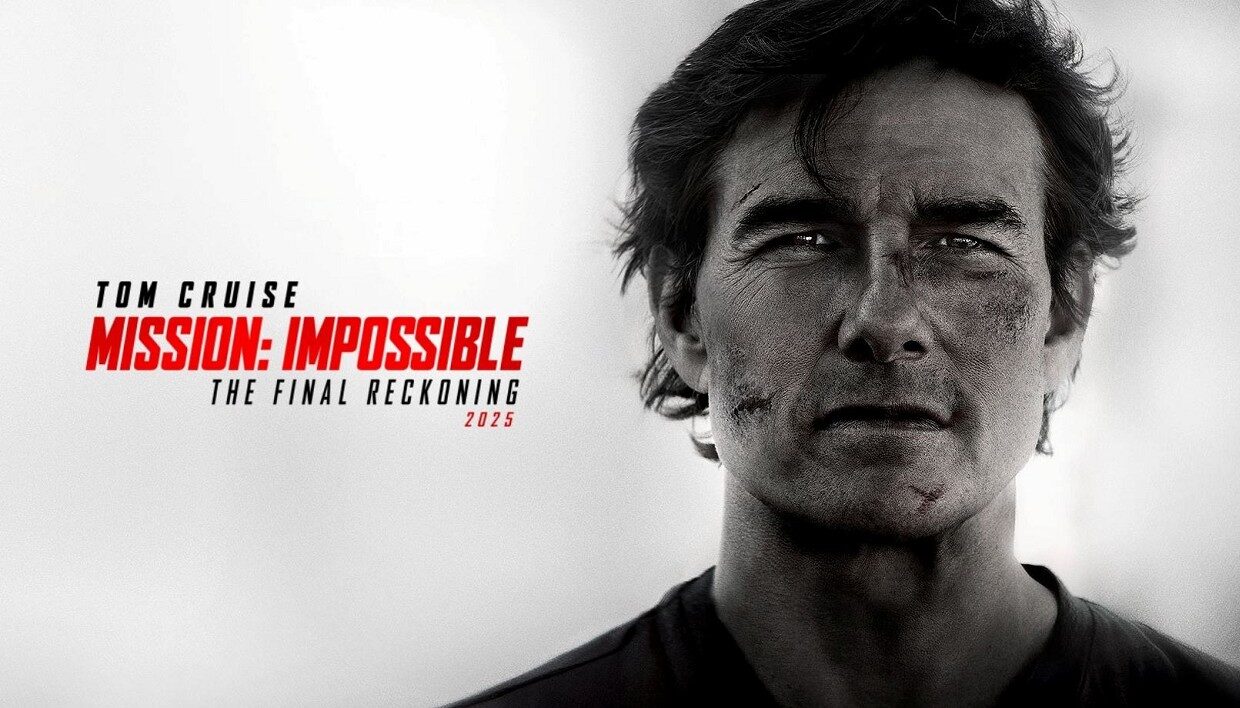The pursuit of seemingly unreachable goals has been a timeless theme in human history, captivating the imagination of dreamers, thinkers, and achievers alike. One of the most iconic expressions of this idea is found in the lyrics of “The Impossible Dream,” a song from the 1965 musical “Man of La Mancha.” With its powerful message of hope, perseverance, and the unwavering commitment to one’s ideals, this song has inspired generations to strive for the impossible, to challenge the status quo, and to never lose faith in the face of adversity.
To dream the impossible dream, To fight the unbeatable foe, To bear with unbearable sorrow, To run where the brave dare not go.
These opening lines set the tone for a journey that is as much about the internal struggle to maintain one’s beliefs and values as it is about the external challenges one must face. The dreamer is not just any dreamer; they are a champion of what is right, a defender of the innocent, and a seeker of truth and justice. The pursuit of the impossible dream is not a solitary endeavor but a call to action that resonates with those who are willing to stand up for what they believe in, even when the odds are against them.
The song continues, outlining the difficulties and hardships that the dreamer must endure. It speaks of fighting for what is right, even when it seems futile, and of holding on to hope when all seems lost. This is not merely a matter of personal conviction but a testament to the human spirit’s capacity for resilience and defiance in the face of overwhelming adversity.
This is my quest, to follow that star, No matter how hopeless, no matter how far, To fight for the right, without question or pause, To be willing to march into Hell, for a heavenly cause.
Here, the dreamer’s quest is framed as a celestial journey, guided by a star that represents the highest aspirations of humanity. The willingness to march into Hell for a heavenly cause underscores the depth of commitment required to pursue one’s dreams, even when they seem impossible. This is not a journey for the faint of heart but a crusade that demands unwavering dedication and the courage to confront one’s deepest fears.
And the world will be better for this, That one man, scorned and covered with scars, Still strove with his last ounce of courage, To reach the unreachable star.
The conclusion of the song offers a profound reflection on the impact of individual actions. The pursuit of the impossible dream, even by one person, can have a transformative effect on the world. The image of a man scorned and covered with scars, yet still striving to reach the unreachable star, is a powerful metaphor for the human capacity to persevere in the face of adversity. It suggests that the very act of striving for something greater than oneself can make the world a better place, regardless of the outcome.
In a world filled with cynicism and despair, “The Impossible Dream” stands as a beacon of hope, reminding us that our individual and collective efforts can lead to meaningful change. It challenges us to question what is possible, to defy the limits imposed upon us by others or by our own self-doubt, and to embrace a vision of a better future. This song is more than a piece of music; it is a call to action, a manifesto for dreamers, and a testament to the enduring power of the human spirit.
The song’s themes of hope, resilience, and the unwavering commitment to one’s ideals have made it a timeless classic, inspiring countless interpretations and adaptations. From its origins in the musical “Man of La Mancha” to its use in various contexts, including political campaigns, social movements, and personal motivational narratives, “The Impossible Dream” has become an anthem for anyone who has ever dared to dream of a better world.
In conclusion, “The Impossible Dream” is more than a song; it is a philosophy of life, a guide for those who dare to dream big, and a reminder that even the most seemingly unreachable goals can inspire us to strive for greatness. Its message of hope, perseverance, and the unwavering commitment to one’s ideals continues to resonate with audiences around the world, making it a timeless classic that will inspire future generations to pursue their impossible dreams.
What is the central theme of “The Impossible Dream”?
+The central theme of “The Impossible Dream” is the pursuit of one’s ideals and the importance of perseverance and hope in the face of adversity. It emphasizes the human spirit’s capacity for resilience and the transformative effect of striving for something greater than oneself.
Why is “The Impossible Dream” considered a timeless classic?
+“The Impossible Dream” is considered a timeless classic because its message of hope, perseverance, and the unwavering commitment to one’s ideals continues to resonate with audiences around the world. Its themes are universal and transcend time, making it a song that can inspire and motivate people across different generations and contexts.
How can the message of “The Impossible Dream” be applied to real-life situations?
+The message of “The Impossible Dream” can be applied to real-life situations by embracing the idea that our individual and collective efforts can lead to meaningful change. It encourages us to question what is possible, to defy the limits imposed upon us, and to strive for something greater than ourselves, even in the face of adversity.



